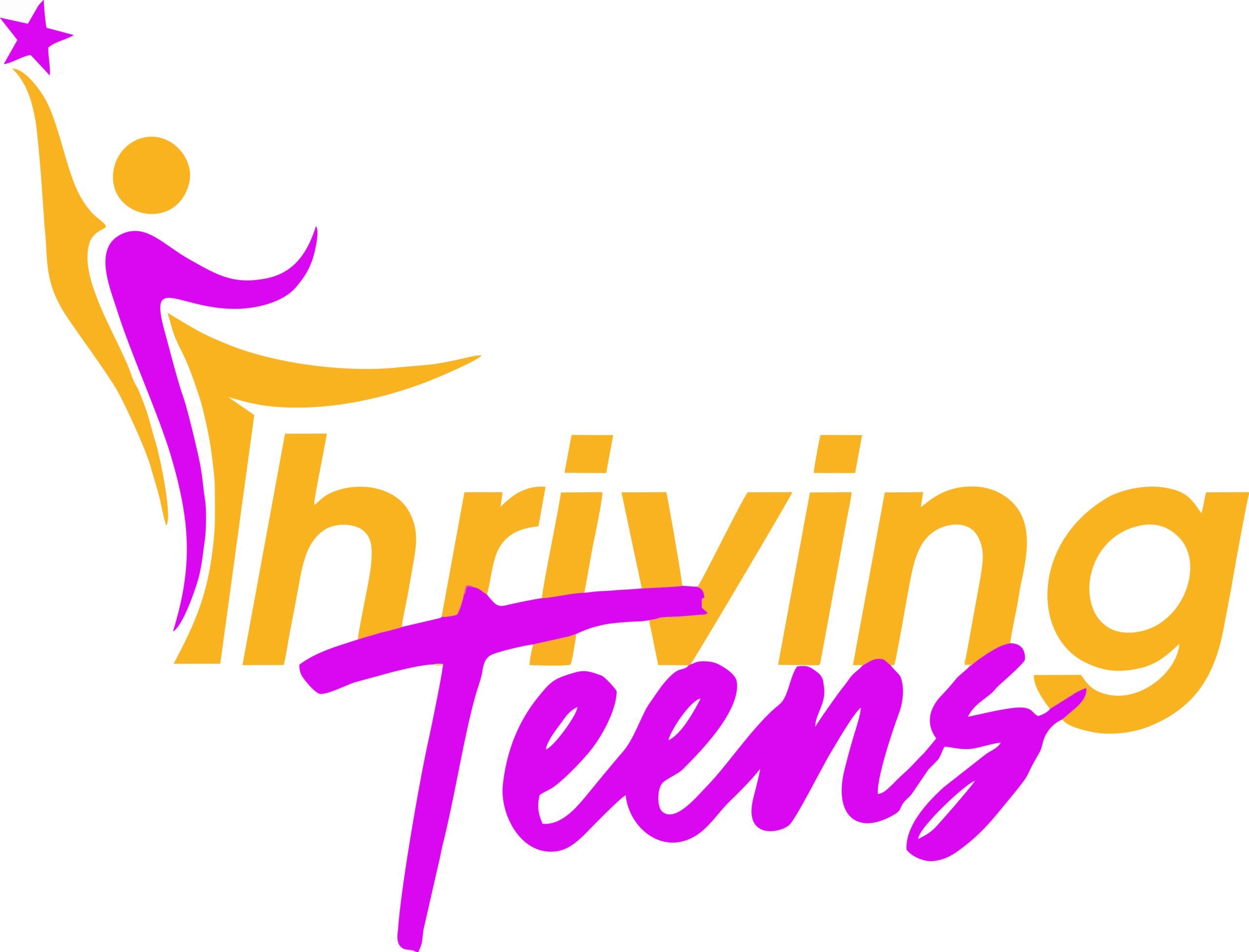There is a cure for all people with sickle cell disease.
MYTH: Bone marrow (stem cell) transplant is a universal cure.
FACT: Not all individuals with SCD are eligible for stem cell transplant. There are associated risks.
MYTH: Sickle cell trait is a mild form of sickle cell disease.
FACT: Sickle cell trait is not a disease; it is generally an asymptomatic carrier state.
If both parents have sickle cell trait, there is a 1 in 4 chance of having a baby with SCD.
1 out of 13 African Americans has sickle cell trait and many don’t know that they have it.
MYTH: SCD only affects black people.
FACT: SCD is seen in millions of people of many races including those whose ancestors descended from Sub-Saharan Africa, Saudi Arabia, India, the Mediterranean (Greece, Sicily, turkey) and Latin countries in South and Central America, CDC,2016.
MYTH: All individuals with SCD are drug addicts.
FACT: The hallmark of SCD is severe unpredictable pain sometimes requiring high doses of narcotics.
MYTH: Individuals with SCD do not live past the age of 21.
FACT: The vast majority of individuals live well into adulthood. Decades ago, it was more common for children born with sickle cell disease to die before adulthood. But according to the CDC, more than 95% of American newborns with sickle cell disease will live to be adults. Early newborn screening for sickle cell disease greatly improves the odds of survival due to an early diagnosis, treatment and follow-up. Early diagnosis allows doctors to treat and prevent infections and stroke, which were major risk factors for high mortality rates in children with sickle cell disease years ago.
MYTH: Everyone living with sickle cell disease is slim or underweight.
FACT: While thin extremities are part of the sickle cell habitus, this physical characteristic is not generalized. In fact, there are sickle cell patients who maintain an average weight or may even be overweight. We must correct this false notion about weight to avoid judging or mistreating patients.
MYTH: Those with sickle cell are lazy.
FACT: This erroneous belief can result in workplace discrimination, with employers assuming that patients cannot perform their responsibilities. Although sickle cell disease is often invisible, this pervasive myth can make working difficult. It’s crucial to create an understanding, inclusive, and supportive work environment so that people with the disease can perform to the best of their ability.


